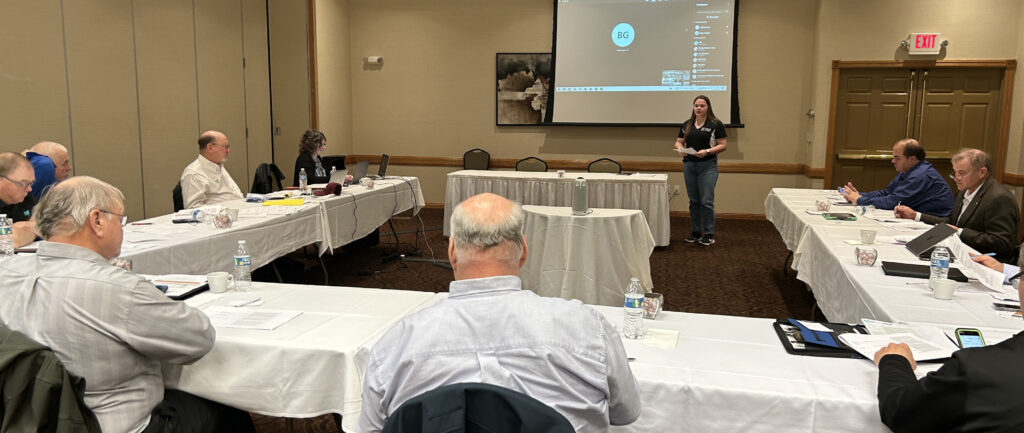Avian Influenza – the bird flu, in other words. We’ve all heard of it, but what do producers need to know?
In Minnesota, data shows that the bird flu’s been detected in commercial, backyard and wild flocks of birds across the state. Outbreaks of this disease can create huge losses to the U.S. economy.
According to the Center for Disease Control (CDC) more than 37 million poultry birds and 1,112 wild birds have been affected as of May 12.
With the bird flu killing off flocks of birds there will be a lower demand for soybean meal, which could cause soybean producers to rethink the distribution of their product elsewhere. The poultry industry is one of soybean producers’ top customers for soybean meal.
During the last bird flu recovery time in 2017-2018, soybean prices were low for numerous reasons. The hurting poultry industry didn’t help during this time.
The information on preventing the spread of the bird flu goes hand-in-hand with helping soybean producers. Healthy birds for poultry producers, means more money, which also means more demand for soybean meal. Following the tips on containing the disease allows for the spread to slow.
The bird flu can easily be spread from bird to bird. Boots, tires, dust can all contribute to the spread of the disease. The Minnesota Board of Animal Health has created a list of biosecurity tips for all bird owners, commercial or backyard operations:
- Follow your biosecurity plan. All workers on the farm should be familiar with and follow the site-specific biosecurity procedures. All procedures and practices should be able to be implemented consistently.
- Eliminate opportunities for your birds to interact with wild birds. We know that wild waterfowl are carriers of disease, including avian influenza. The best way to avoid diseases that wildlife carry is to keep domestic animals separated from the wild.
- If you have birds at home, do not visit another farm, home or facility that also has birds. If you must visit another premises, be sure to shower and put on clean clothes and shoes beforehand.
- Remember that vehicles can be vehicles for disease transmission. Before you drive down the road, consider where you are going. Will you be heading to the fair, another farm or a live bird market? If the answer is yes, be sure your vehicle is clean and free of dirt, manure and other organic material.
- Early detection can help prevent the spread of disease. Knowing the signs to look for and monitoring the health of your birds on a regular basis is very important. Some signs to look for include nasal discharge, unusually quiet birds, decreased food and water consumption, drop in egg production, and increased/unusual death loss in your flock.
- Report sick and dead birds to state health officials immediately. If your poultry appear sick or you have experienced increased mortality.
Anyone with poultry who have questions or need to report sick birds can call the Highly Pathogenic Avian Influenza (HPAI) hotline at 1-833-454-0156.
The Minnesota Board of Animal Health has also extended the initial 31-day statewide ban on all poultry sales and exhibitions through June 1. This is in effect for all community gatherings and events that would bring poultry and susceptible birds together. The board put this in effect after the first infection was confirmed March 26.
There is an exception to the current ban. Poultry producers can sell directly through private sales, stores or via mail by National Poultry Improvement Plan authorized sellers.
Follow for more information on the bird flu at Minnesota Department of Agriculture and USGS science for a changing world website.







